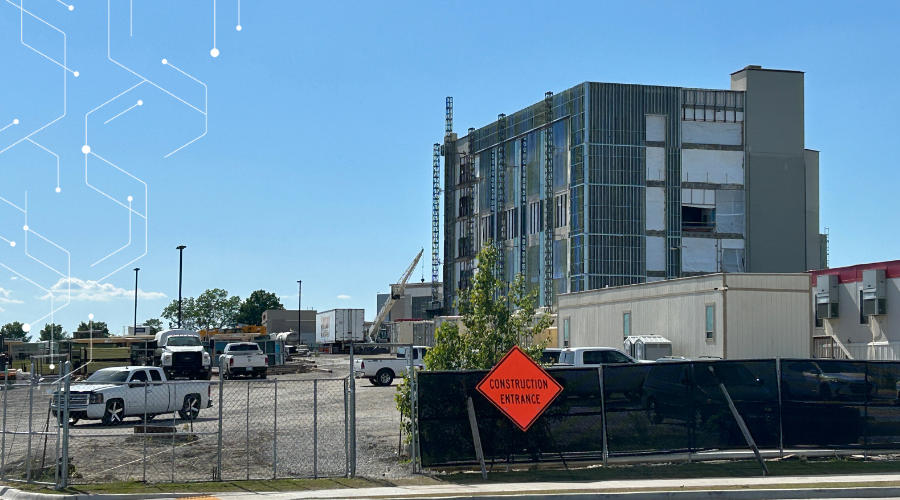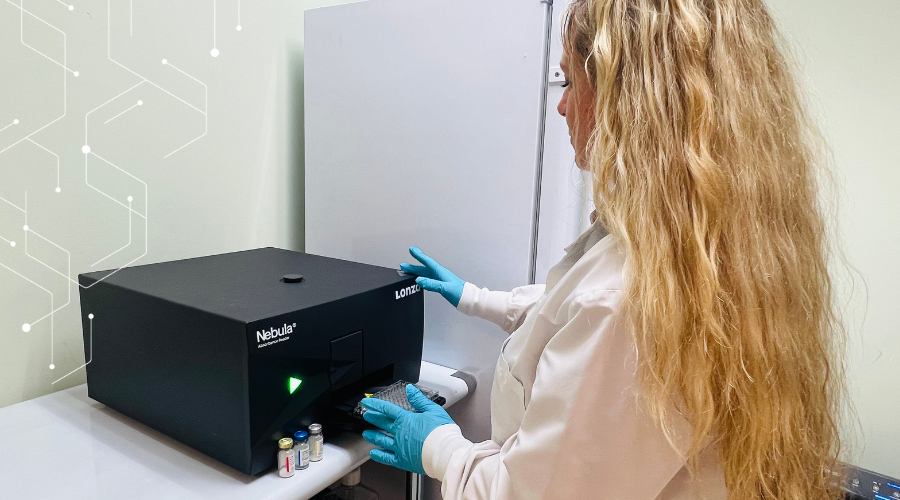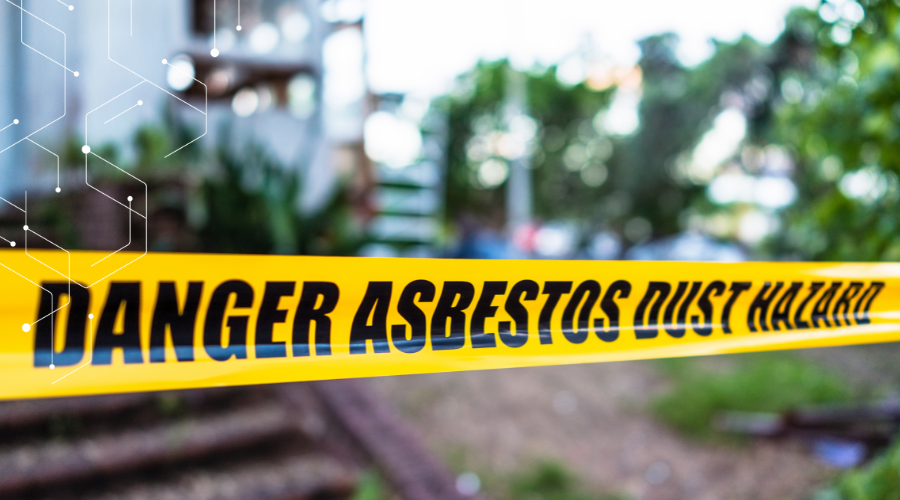Building Sciences
Wood Decay and Wood Rot Fungi: The What, the Where, and the Why
In December 2024, Pace® designated its laboratory in Pennsauken, NJ as a Center of Excellence for Fungal Analysis. Staffed by a team of expert mycologists and led by Dr. Chin Yang and Dr. Ching-Yi Tsai, our new COE provides a wide array of mold and fungal testing and analysis services to support our Building Services clients. In addition, the
Wood Decay and Wood Rot Fungi: The What, the Where, and the Why Read More »
School Safety 101: Identifying the Hidden Threats of Legionella, Asbestos, and Lead
As schools across the country gear up for the new academic year, ensuring a safe and healthy learning environment for students and staff is paramount. In school safety discussions, it can be easy to overlook hidden dangers. Among the foremost concerns in today’s schools are the threats posed by Legionella, asbestos, and lead. The Re-emergence of
School Safety 101: Identifying the Hidden Threats of Legionella, Asbestos, and Lead Read More »
The Hidden Risks of Healthcare Construction
With demands on the American healthcare system growing, construction projects to expand capacity or update services are a common sight in facilities across the country. However, construction and renovation projects can inadvertently pose significant health risks if not managed properly. Among the various hazards, microbiological dangers such as Legionella, molds, and other waterborne or airborne pathogens
The Hidden Risks of Healthcare Construction Read More »
Reducing Healthcare-Associated Infections with AAMI ST108
Healthcare-Associated Infections (HAIs) are a major public health concern as they increase the length of hospital stays, healthcare costs, and mortality rates. During the COVID-19 pandemic, HAIs rose by 47% across all types of healthcare facilities and by 65% in intensive care units (ICUs). Thankfully, rates have dropped again, but the pandemic demonstrated just how vulnerable healthcare
Reducing Healthcare-Associated Infections with AAMI ST108 Read More »
Decoding Asbestos Dust Sampling: What You Need to Know
Curious about the advantages and limitations of various asbestos detection methods? During my April webinar, I took a deep dive into settled dust sampling—a topic that’s both technically important and practically relevant for industry professionals. Let’s start with the basics: settled dust refers to those loose fibers and particles that collect on surfaces throughout buildings.
Decoding Asbestos Dust Sampling: What You Need to Know Read More »
Top 4 High-Risk Molds in Healthcare Facilities and How to Address Them
Just add water… Mold grows in hospitals and other healthcare facilities for the same reason it grows in old buildings. Mold spores are everywhere, and all it takes is a bit of moisture to activate them. However, while common molds in a residential or office building may cause allergy symptoms in those with mold sensitivities,
Top 4 High-Risk Molds in Healthcare Facilities and How to Address Them Read More »
3 Ways to Analyze Mold Samples
Mold spores are ubiquitous in the indoor and outdoor environment. Damp and moldy conditions indoors have been associated with adverse health effects such as the development and exacerbation of asthma, bronchitis, allergic rhinitis and other respiratory tract symptoms. Please note that if you or your client are concerned about specific health effects, you should consult a
3 Ways to Analyze Mold Samples Read More »






